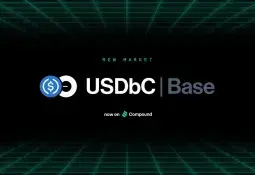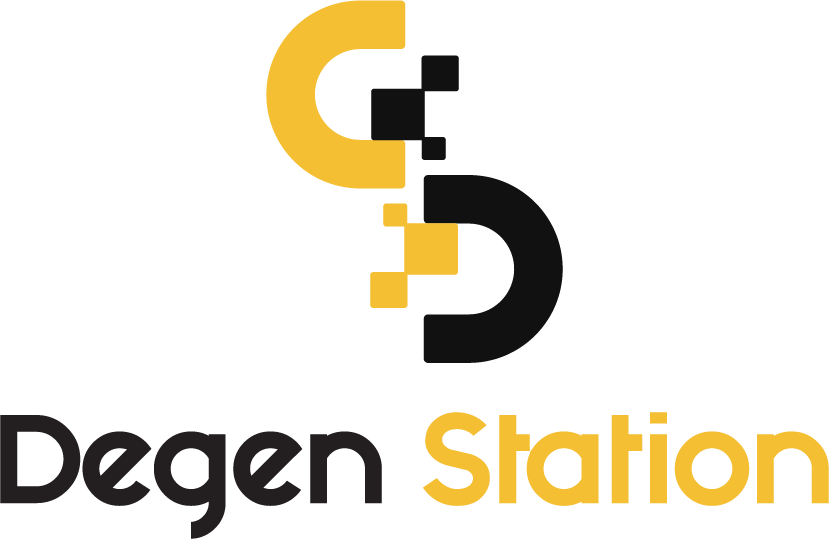Compound is the Latest DeFi Protocol to Launch on Base

Compound has officially integrated with layer-2 network Base, using ETH and cbETH as collateral assets.

Integration Details:
- Lending Platform: Compound, a leading DeFi lending platform, is now available on Base, a layer-2 network developed by Coinbase.
- Collateral Assets: Users can use Ethereum (ETH) and Coinbase's staked ETH (cbETH) as collateral to borrow the stablecoin USDC, known as USDbC on Base.
- Current Statistics: There is currently $3.64 million in collateral (comprising $2.47 million in ETH and $1.17 million in cbETH) with $2.25 million borrowed. Lenders earn an annual percentage rate (APR) of 1.25%, while borrowers face an APR of 2.84%.
Compound is live on @BuildOnBase
— Compound Labs (@compoundfinance) August 14, 2023
ETH and cbETH can be used as collateral to borrow bridged USDC (USDbC on Base)
View the new market:https://t.co/F8I02yp2wC pic.twitter.com/57yh9fu9Y9
Previous Integrations:
Before Compound, several other projects integrated with Base, including SushiSwap, Chainlink, Uniswap, Aragon, Axelar, Reservoir, Wormhole, Bungee, and deBridge.
About Base:
- Technology: Base operates on the OP Stack technology from Optimism.
- Launch Timeline: The mainnet launched in a limited capacity for builders on 13/07 and opened to the public on 09/08.
- User Growth: Since opening, Base quickly reached 100,000 users and a total value locked (TVL) of $114 million, largely driven by the social media platform friend.tech.
- Daily Transactions: Base's daily transactions are trending to surpass those of Optimism and Arbitrum.
Challenges:
Despite its rapid growth, Base has faced several issues:
- Memecoin Incidents: The BALD memecoin rugpull and the failure of Frenstech (FRENS) have raised concerns.
- Exploits: Security exploits on LeetSwap and RocketSwap have also tested the resilience of this emerging network.

Transaction Statistics:
- Comparison: Daily transaction figures for Base compared to Optimism and Arbitrum, as provided by The Block.
The integration of Compound into Base marks a significant milestone for the layer-2 network, enhancing its DeFi ecosystem while also highlighting the challenges and growing pains associated with rapid expansion and new technology adoption.





